Jedi Academy by Jeffrey Brown | Book Review
has some nice friendship moments.
Disclosure: I did not receive any compensation for this review. I didn’t even get a lightsaber. Cover art is copyright Scholastic.
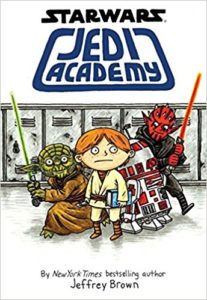 Jedi Academy is the first book in a trilogy by Jeffrey Brown, the man behind the coffee table books Vader & Son and Vader’s Little Princess. It is about Roan Novachez, a boy from Tatooine who dreams of being a pilot. Remind you of someone? When he’s rejected to Pilot Academy, Roan is offered a place at Jedi Academy.
Jedi Academy is the first book in a trilogy by Jeffrey Brown, the man behind the coffee table books Vader & Son and Vader’s Little Princess. It is about Roan Novachez, a boy from Tatooine who dreams of being a pilot. Remind you of someone? When he’s rejected to Pilot Academy, Roan is offered a place at Jedi Academy.
The premise seems a bit implausible to me. Roan gets rejected to Pilot Academy Middle School, even though “nearly all of the applicants are accepted.” Who is letting all these little children into Pilot Academy? Can anyone do it? Can I do it? Please accept me! Oh. It’s on Alderaan. Nevermind…
Jedi Academy is a non-canon book. It splices the world of Star Wars with the world of Middle School. There are lightsabers and Holochess, but also Polaroids and AA batteries. So, I say it is “implausible” but it is not meant to be 100% legit. It is for fun! I am sure children will understand this. Keep it away from angry middle-aged fanboys who take themselves and their opinions too seriously.
This book is a mixture of journal and comic, written and illustrated by Roan. The parallels to Luke Skywalker and Episode IV will bop you right on the nose. Poor kid, stuck on Tatooine, wants to be a pilot, ends up a Jedi. Jeffrey even named the droids RW-22 and T-P3O!
Roan has a hard time training to be a Jedi. It’s harder for him, because he is starting much later than the other students. Many readers will empathise with Roan’s struggles. Not me, I would never be that incompetent. I will spare some pity for you, Roan.
Both of the school bullies – and the mean teacher – are Zabrak. This seems racist. In a feeble save, one of Roan’s best friends is also Zabrak. For those not in the know, Zabrak is the species of The Crime Lord Formerly Known as Darth Maul.
Jedi Academy is a slice-of-life novel. It has some nice friendship moments, but not much of a plot arc. Recommended for young Star Wars fans who are looking for something light and easy. I may read the sequel, Return of the Padawan. I am undecided.

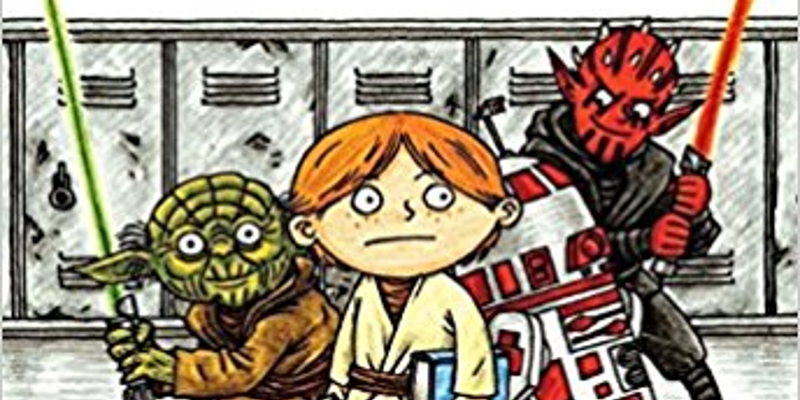
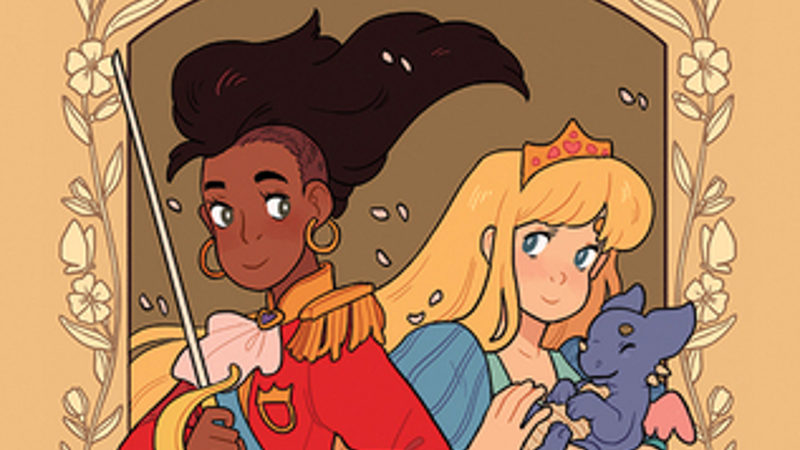
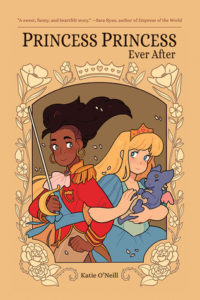 No prince has succeeded in rescuing Princess Sadie from her tower prison – but Princess Amria is no prince! Together, the two princesses will save one other and each find their place in the world.
No prince has succeeded in rescuing Princess Sadie from her tower prison – but Princess Amria is no prince! Together, the two princesses will save one other and each find their place in the world.
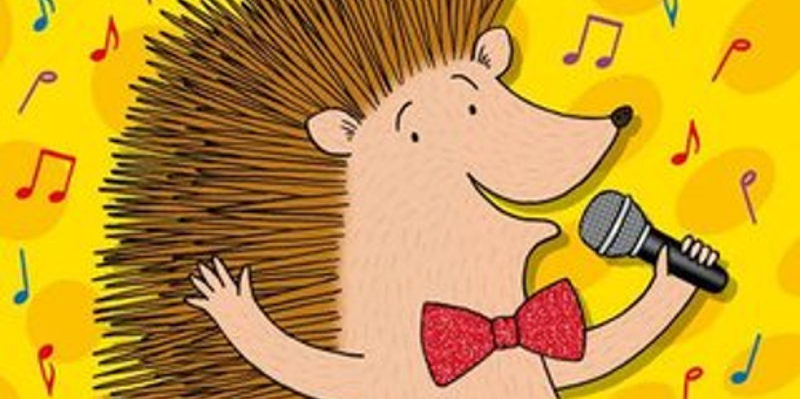
 In this book, all sorts of animals are playing music. Except the hedgehog, he just hums. What are they trying to say? Hedgehogs can’t play instruments? Why couldn’t the hedgehog play the violin? They’ve got penguins playing the violin. PENGUINS! How is that even possible with their flippies?
In this book, all sorts of animals are playing music. Except the hedgehog, he just hums. What are they trying to say? Hedgehogs can’t play instruments? Why couldn’t the hedgehog play the violin? They’ve got penguins playing the violin. PENGUINS! How is that even possible with their flippies?
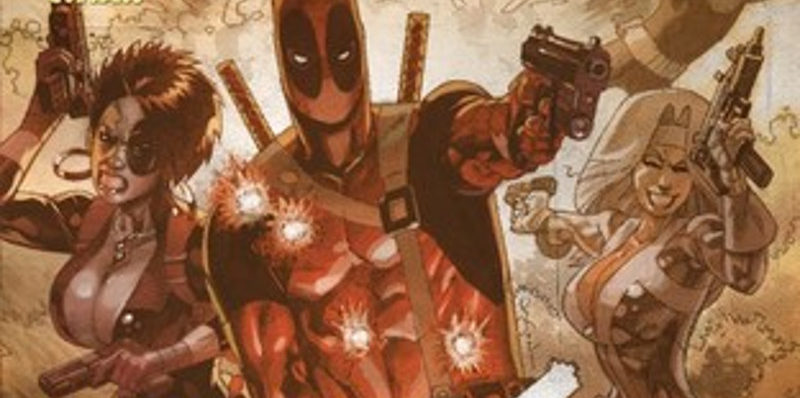
 Disclosure: I did not receive any compensation for this review. I could use some to pay for therapy. Cover art is copyright of Marvel.
Disclosure: I did not receive any compensation for this review. I could use some to pay for therapy. Cover art is copyright of Marvel.

 This is the story of Cushion, a lone Porcupine who lives in a petting zoo. You can imagine what a depressing life that is! Lonely and dejected, Cushion jailbreaks his pen and goes in search of a wife, banjo in hand. Yes, he plays the banjo. I can’t decide if this is magnificent or mortifying. Maybe both.
This is the story of Cushion, a lone Porcupine who lives in a petting zoo. You can imagine what a depressing life that is! Lonely and dejected, Cushion jailbreaks his pen and goes in search of a wife, banjo in hand. Yes, he plays the banjo. I can’t decide if this is magnificent or mortifying. Maybe both.
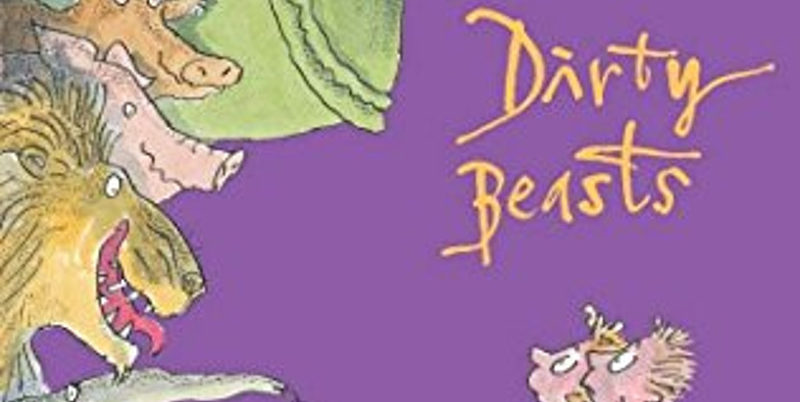
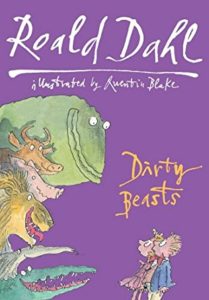 ‘Dirty Beasts’ is a book of poems by Roald Dahl about various animals, most of whom seem to be aggressive towards humans in one form or another.
‘Dirty Beasts’ is a book of poems by Roald Dahl about various animals, most of whom seem to be aggressive towards humans in one form or another.
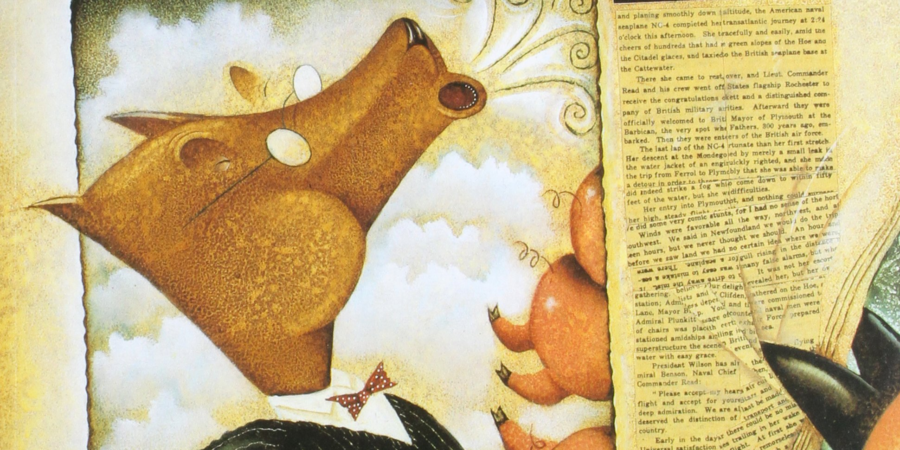
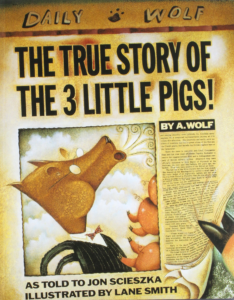 Disclosure: I did not receive any compensation for this review. I didn’t even get a cup of sugar. Cover art is copyright of Scholastic.
Disclosure: I did not receive any compensation for this review. I didn’t even get a cup of sugar. Cover art is copyright of Scholastic.